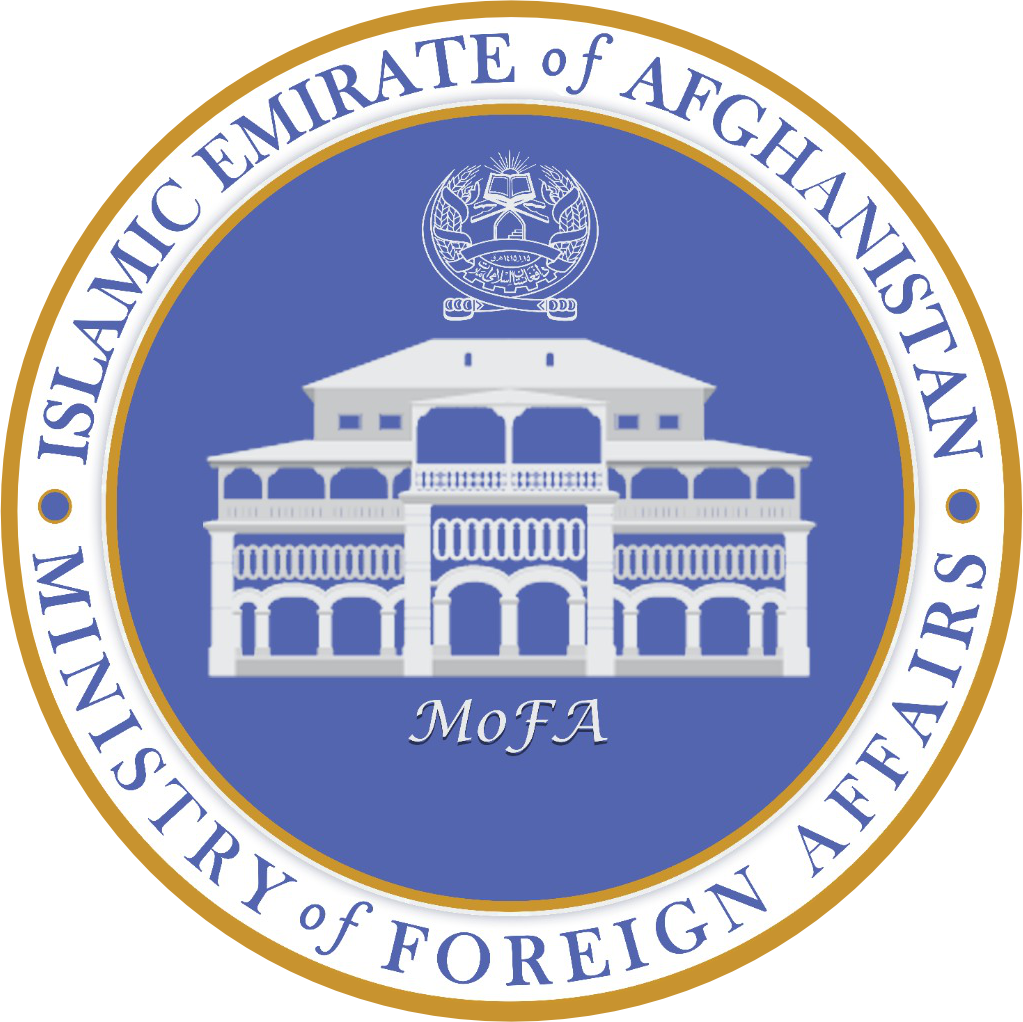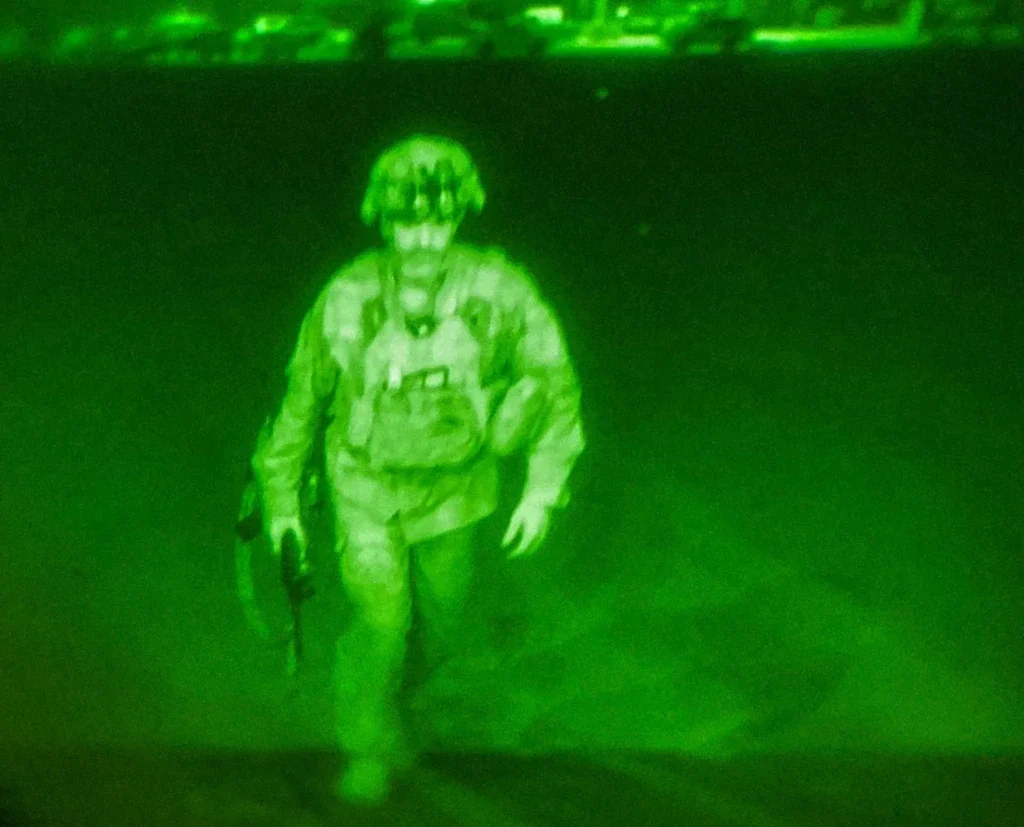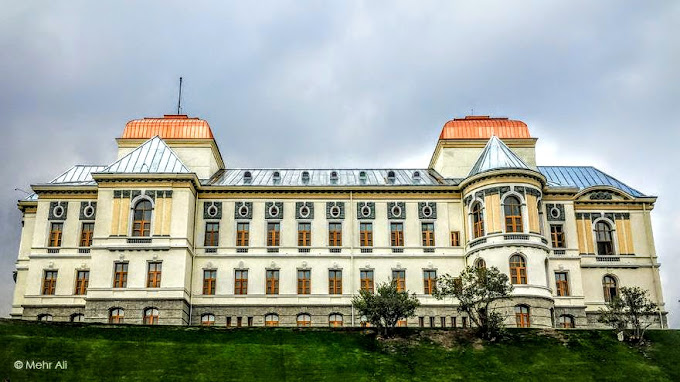Afghanistan history is a fascinating and complex topic that covers thousands of years of events, cultures, and peoples. Afghanistan has been a crossroads of civilizations, a battleground of empires, and a source of resistance and resilience. Here are some of the main historical periods and events that shaped Afghanistan’s history:
- Prehistory: Archaeological evidence suggests that humans have inhabited Afghanistan for at least 50,000 years. Some of the earliest civilizations in the region were the Indus Valley civilization (2200–1800 BC) and the Bactria-Margiana Archaeological Complex (2100–1800 BC), which had trade and cultural contacts with Mesopotamia, Iran, and India 1.
- Ancient period (c. 1500 – 250 BCE): Afghanistan was part of various ancient kingdoms and empires, such as the Gandhara Kingdom (c. 1500 – 535 BCE), the Kamboja Kingdom (c. 700 – 200 BCE), the Achaemenid Empire (550–330 BC), the Seleucid Empire (312–63 BC), and the Mauryan Empire (322–185 BC). These kingdoms and empires introduced different religions, languages, and cultures to Afghanistan, such as Zoroastrianism, Buddhism, Greek, and Sanskrit 1.
- Classical period (c. 250 BCE – 565 CE): Afghanistan witnessed the rise and fall of several Hellenistic and Indo-European kingdoms, such as the Greco-Bactrian Kingdom (250–125 BC), the Indo-Greek Kingdom (180 BC – 10 CE), the Indo-Scythians (200 BC – 400 CE), the Indo-Parthians (19 BC – AD 226), and the Kushans (30–375 CE). These kingdoms expanded their territories and influence across Central and South Asia, and fostered artistic, scientific, and religious developments 1.
- Middle Ages (565–1504 CE): Afghanistan became a center of Islamic civilization after the Arab conquest in the 7th century CE. Several dynasties ruled over Afghanistan, such as the Kabul Shahi (565–879 CE), the Ghaznavids (977–1186 CE), the Ghorids (1149–1212 CE), the Mongols (1219–1504 CE), and the Timurids (1370–1506 CE). These dynasties established political, economic, and cultural ties with neighboring regions, such as Persia, India, China, and Central Asia.
- Modern era (1504–1973): Afghanistan emerged as a unified state under the rule of Ahmad Shah Durrani in 1747. His successors faced challenges from internal rivalries and external threats from the Mughals, Uzbeks, Safavids, British, Russians, and Afsharids. Afghanistan became a buffer state between British India and Tsarist Russia in the 19th century, and fought three Anglo-Afghan wars to preserve its independence. In the 20th century, Afghanistan underwent several political and social reforms under King Amanullah Khan (1919–1929), King Nadir Khan (1929–1933), and King Zahir Khan (1933–1973) .
- Contemporary era (1973–present): Afghanistan experienced a series of upheavals and conflicts since 1973, when a coup d’état by Mohammad Daoud Khan ended the monarchy. In 1978, a communist revolution led by Nur Mohammad Taraki established a socialist state , which faced opposition from various mujahideen groups. In 1979, the Soviet Union invaded Afghanistan to support the communist government , but faced fierce resistance from the mujahideen , who were backed by the United States , Pakistan , Saudi Arabia , and other countries. The Soviet-Afghan war lasted until 1989 , when the Soviets withdrew their troops. The communist regime collapsed in 1992 , but civil war ensued among different factions of mujahideen . In 1996 , the Taliban , an Islamist movement , seized power in most of Afghanistan , imposing a strict interpretation of Islamic law . The Taliban faced opposition from the Northern Alliance , a coalition of anti-Taliban forces led by Ahmad Shah Massoud . In 2001 , after the September 11 attacks in the United States , a US-led coalition invaded Afghanistan to overthrow the Taliban regime , which was accused of harboring al-Qaeda terrorists . The coalition forces established an interim government led by Hamid Karzai , who was later elected as president in 2004 . The coalition forces also helped train and support the Afghan National Security Forces , who were tasked with maintaining security and stability in Afghanistan . However, the Taliban regrouped and launched an insurgency against the coalition forces and the Afghan government , which lasted for two decades . The insurgency was fueled by various factors , such as corruption , poverty , ethnic divisions , regional interference , drug trafficking , and ideological differences .











